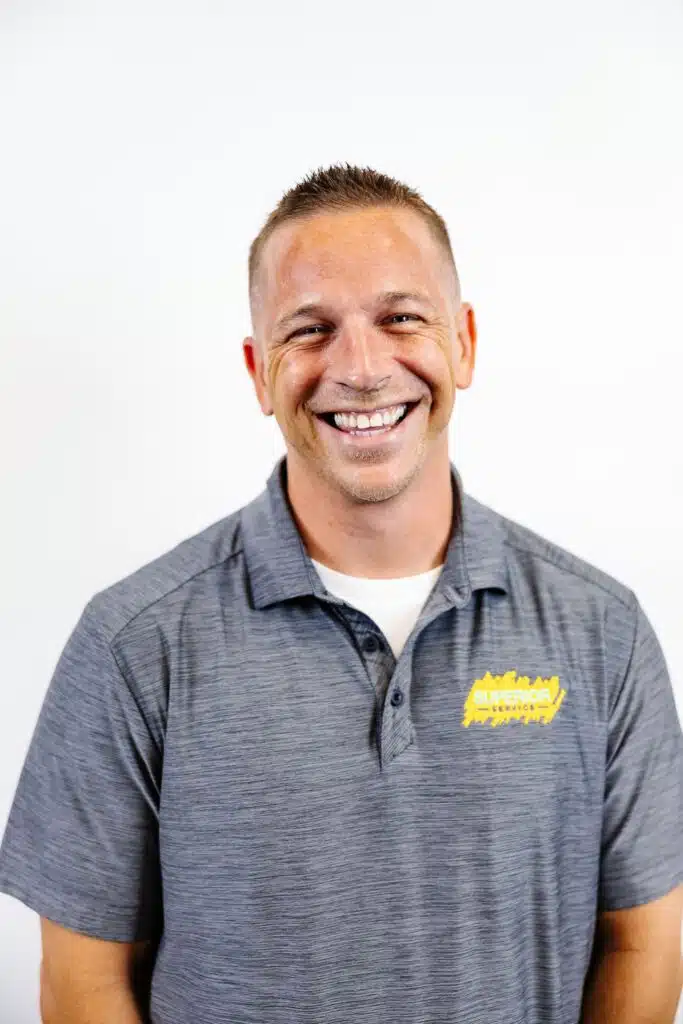Air Conditioning Unit Maintenance Checklist
Keeping your air conditioning system running at its best isn’t about luck—it’s about following a regular maintenance routine.
The right steps help you dodge costly repairs, lower energy bills, and extend the lifespan of your unit. Here’s your go-to AC maintenance guide designed for homeowners who’d rather stay cool than shell out money for unexpected breakdowns.
The Complete AC Maintenance Checklist
Staying ahead of problems starts with a thorough maintenance checklist. Tackling these steps can make a real difference in your system’s efficiency, indoor air quality, and overall comfort. Think of this list as a regular tune-up for both your peace of mind and your wallet.
Missing a single filter change or forgetting to clear debris from your outdoor unit can lower airflow and cause the whole system to work harder. That means higher utility bills and a higher chance of breakdowns. Don’t skip the details! For more in-depth preventative maintenance tips, it’s smart to review expert recommendations found in resources like these Air Conditioning Maintenance Tips.
PREP AND SAFETY
Start your air conditioner maintenance checklist by putting safety first!
- Power off your AC unit at the main breaker to prevent electrical shocks or injury.
- Know your system’s type (heat pump, split-system, or package unit)
- Read the manufacturer’s manual, which can save you from guesswork and mistakes.
- Grab the tools you’ll need:
- Screwdrivers (Phillips and flathead)
- Shop vacuum
- Fin comb or soft brush
- Garden hose with gentle spray
- Replacement air filters
- Flashlight
- Gloves and safety glasses
CLEANING THE OUTDOOR CONDENSER UNIT
The outdoor unit faces heat, dust, and yard debris day after day. When leaves pile up around the condenser, the compressor and fan motor don’t get proper airflow. That strains the system, eating away at energy efficiency and shortening component life.
What to do:
- Remove leaves, sticks, or grass from around the unit.
- Gently spray the condenser coils with a garden hose. Never use high pressure, as it can bend the fins.
- Use a fin comb or soft brush to straighten any bent fins carefully.
- Check for visible signs of damage or corrosion on the refrigerant lines and electrical connections.
- Skip spraying the electrical panel or directly hitting the fan motor. Water and electricity don’t mix well.
MAINTAINING INDOOR COMPONENTS
Inside air conditioning units hide another set of trouble spots. Dust and blockages can limit cool airflow and create a perfect environment for clogs and mold. Overall, neglecting indoor cleaning lets dust build up, which can restrict airflow and burn out moving parts like the blower motor and fan.
What to do:
- Wipe down and vacuum supply and return vents throughout your home.
- Inspect the evaporator coil using a flashlight (located behind a panel in many systems). Clean built-up dust if accessible. Only remove panels if your manual says it’s safe.
- Pour a cup of bleach or white vinegar into the condensate drain line to reduce algae growth and clogs.
- Make sure the drain pan is clean and dry. A wet or rusted drain pan may mean a blockage in the condensate drain or a leak.
- Look at ductwork for visible dust buildup or leaks, which can affect indoor air quality and cooling power.
CHANGING AIR FILTERS
Dirty filters are the #1 reason for weak cooling and high energy costs. They’re cheap to replace, but easy to forget. Clogged air filters force the HVAC system to work harder, leading to a frozen evaporator coil or even system failures.
What to do:
- Shut off the AC system.
- Locate the filter and note the size/type (pleated, fiberglass, HEPA, etc.).
- Remove the old filter. If it looks gray, dusty, or clogged, it’s overdue.
- Slide in a new filter, matching the airflow arrow’s direction.
- Set a reminder for monthly checks.
RUNNING A SYSTEM TEST
Once you’ve checked and cleaned everything, it’s time for a quick test run to spot any early signs of trouble.
What to do:
- Turn the power back on at the breaker and thermostat.
- Set the thermostat settings to ‘cool’ and lower the temperature.
- Listen for smooth, steady operation. If you hear rattling, buzzing, or squealing, this could mean something’s off.
- Check for strong, steady airflow from vents.
- Watch for uneven cooling, warm spots, or system short-cycling (kicking on and off every few minutes).
If your AC trips breakers or fails to blow cool air, you may have deeper issues like refrigerant leaks, electrical connection problems, or compressor trouble. If it is any of these, you will need professional help.

Scott – HVAC Project Manager
Reviewed by Scott, Bryant-Certified HVAC Project Manager – 17 Years of Experience
Scott brings 17 years of HVAC experience to his role as Project Manager at Superior Service. He is Bryant Certified and specializes in designing and overseeing heating and cooling solutions that keep homes efficient and comfortable year-round. Customers appreciate Scott’s ability to guide projects smoothly from start to finish.
When to Call for Professional Air Conditioning Maintenance
Some maintenance tasks go beyond what most homeowners should attempt. If you notice refrigerant leaks, electrical shorts, or complex diagnostic codes flashing on the control board, call a professional HVAC technician. Recharging refrigerant levels, updating electrical wiring, and diagnosing potential issues with the blower or compressor require tools and know-how that go beyond DIY.
Professional tune-ups boost your system’s efficiency, help prevent breakdowns, and catch small problems before they become expensive repairs. It’s smart to schedule a check-up at least once a year. Spring is ideal, before hot weather hits. If you use your cooling system nearly year-round, consider two inspections a year.
Superior Service offers seasonal promotions and professional maintenance for HVAC units of every brand. To keep your system at its best, explore the Air Conditioner Check-Up Promotion for value-added service and peace of mind.
Contact Superior Service
Trust matters when you’re choosing someone to care for your air conditioning system. Superior Service stands apart with:
- Experienced, NATE-certified HVAC maintenance technicians who know every make and model.
- Fast, dependable appointments are available Monday through Saturday.
- Full AC tune-up, repair, and maintenance services—whether your need is minor or major.
What makes our HVAC company unique is the commitment to genuine customer care. Seasonal discounts and clear advice on system repairs give homeowners confidence in every appointment. To see what’s included with each visit or to book your next tune-up, check out the Air Conditioner Check-Up Promotion.
When you need help, rely on Superior Service’s trusted expertise. Schedule a professional check-up for worry-free cooling all summer and beyond.
"*" indicates required fields





